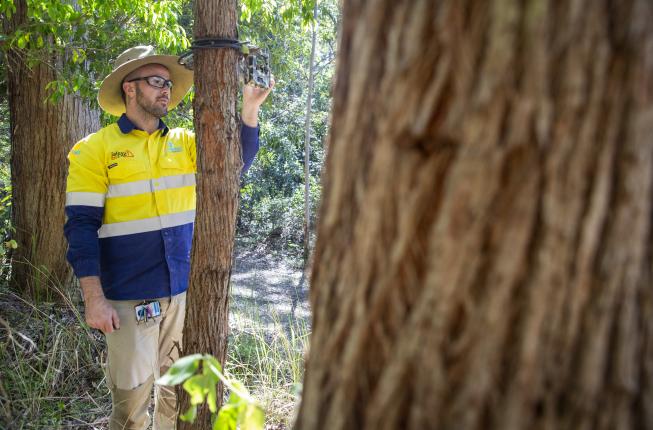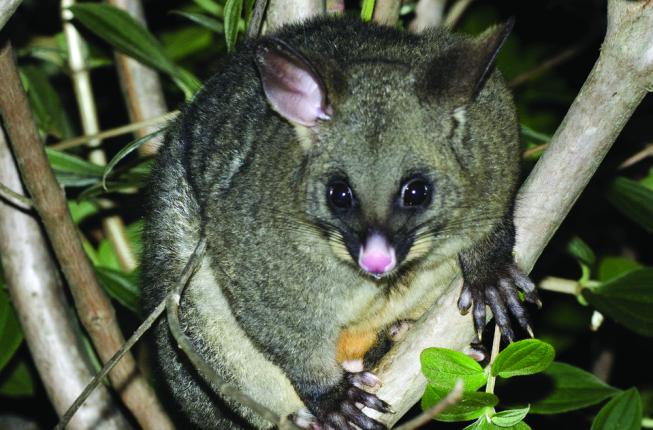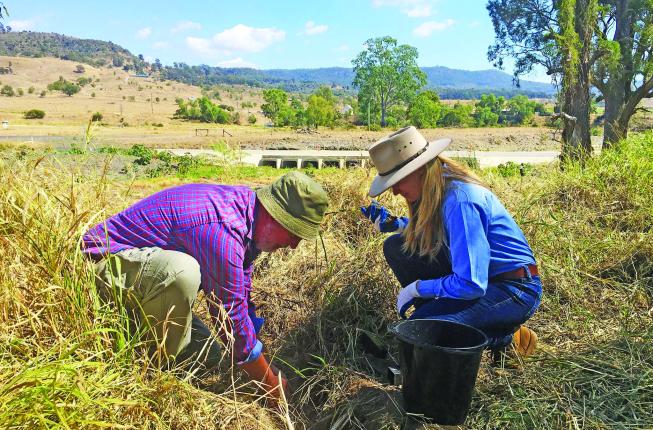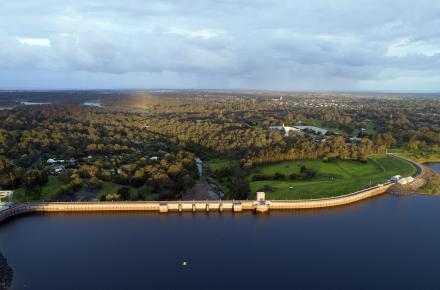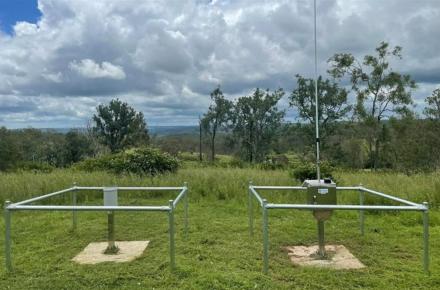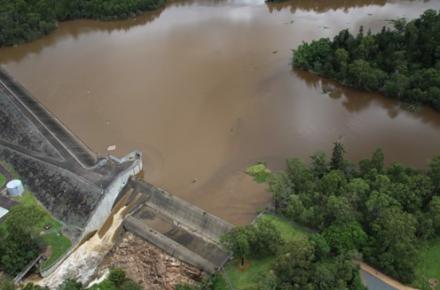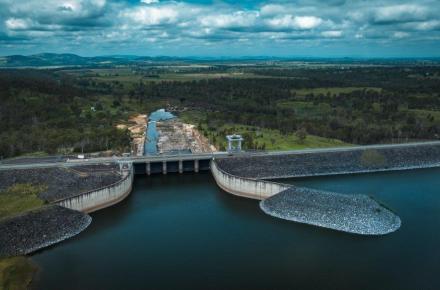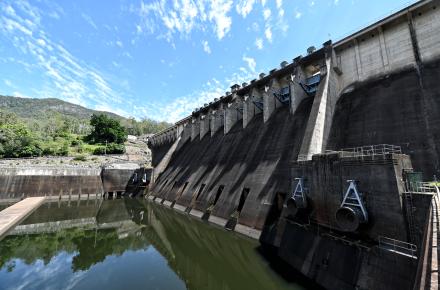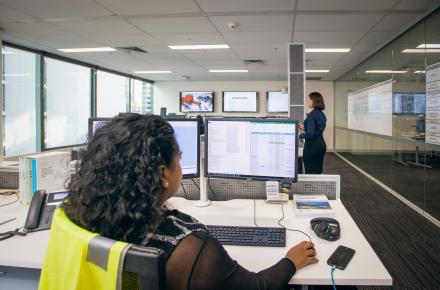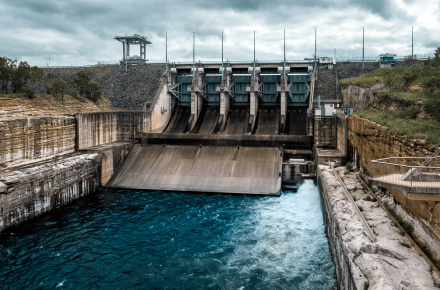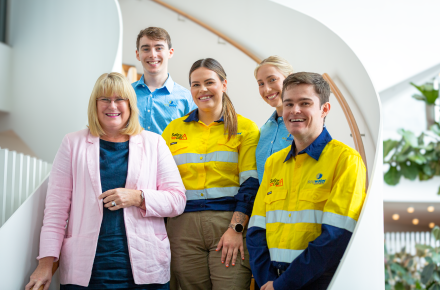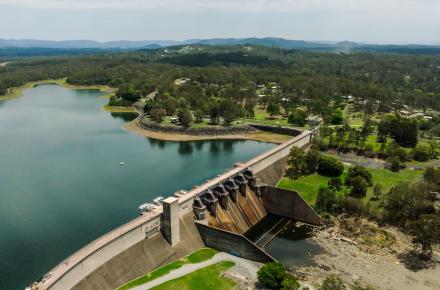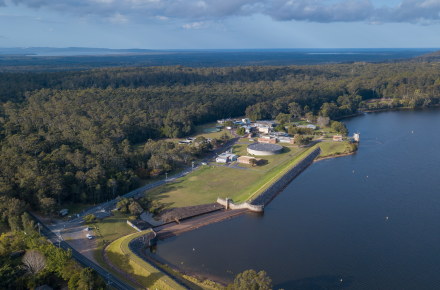What surveys are being undertaken and when?
Further surveys for the Toowoomba to Warwick raw water* pipeline are taking place between April and October 2023, and include:
- ecological surveys
- contour and detail survey
- services location survey
- geotechnical investigations.
These surveys will inform the development of the detailed design.
During this time, you can expect to see people in high visibility vests and personal protective equipment along roadsides, railways, public easements and waterways undertaking the work across the region.
* Raw water is water from rivers, streams and lakes, which is transported to a water treatment plant (WTP) for treatment, then supplied as drinking water.
Ecological surveys
The ecological surveys include flora, fauna and aquatic ecological assessments.
Contour and detail surveys
The contour and detail surveys will be undertaken by a team of two or three surveyors to capture ground level measurements and record physical features on the ground such as trees or fences. The team will undertake the surveys on foot using a GPS survey pole and total stations.
Services location surveys
A services location survey involves a small team potholing to locate underground utilities and services, such as water, gas, and electrical lines.
Geotechnical investigations
Geotechnical investigations will be conducted to understand the type and strength of ground conditions (soil and rock). This information will assist in refining the pipeline design.
What is involved?
The investigation involves one or two bore holes to obtain geological samples which will determine the suitability of ground conditions for the pipeline, and its detailed design.
Truck-mounted borehole drills, or excavator, and associated support vehicles will be on-site during daylight hours.
The area at each site for investigation works is nominally 15m x 10m, but this will vary according to the site geography. The anticipated time for each investigation is up to four days, depending on access and ground conditions.
Water used during drilling will be contained within a purpose-built tank and recirculated until the hole is completed. This prevents any spill into surrounding waterways. Safety measures will be put in place at the conclusion of daily works and the site restored at completion.
All investigations will be conducted by a supervisor, lead driller, a drilling hand, and an engineering geologist, as required.

